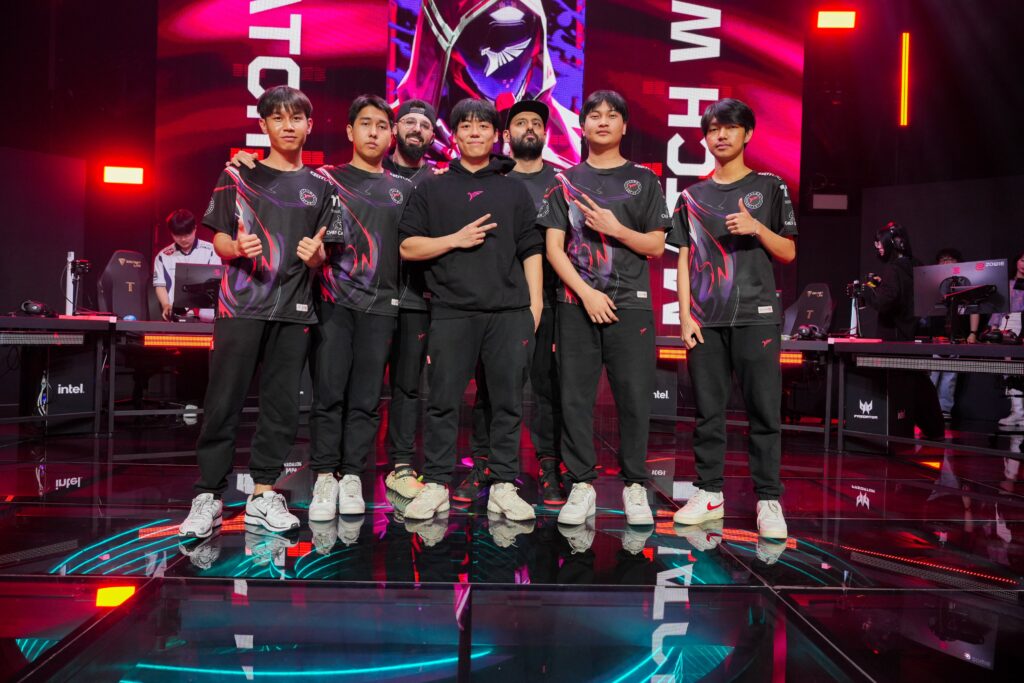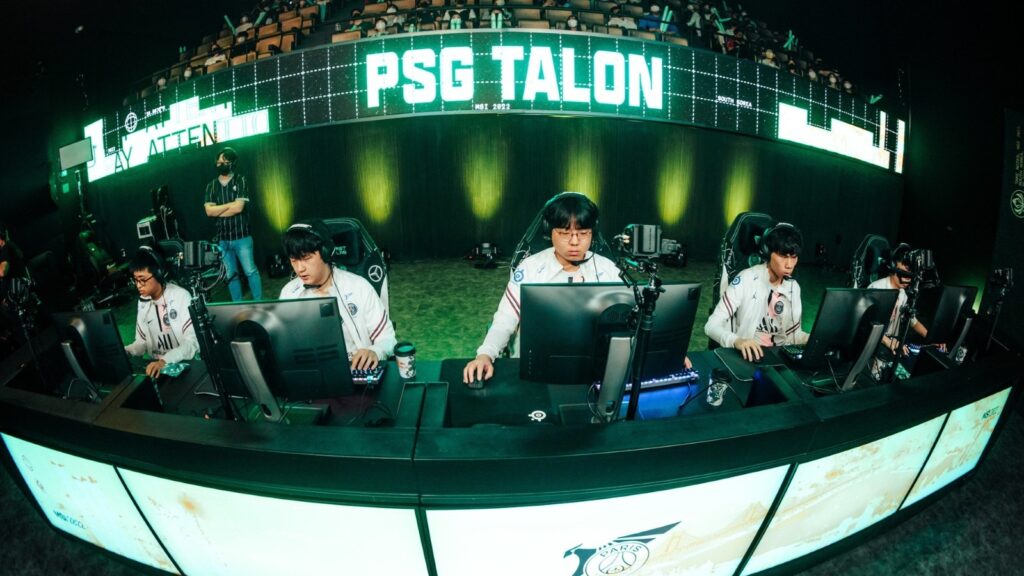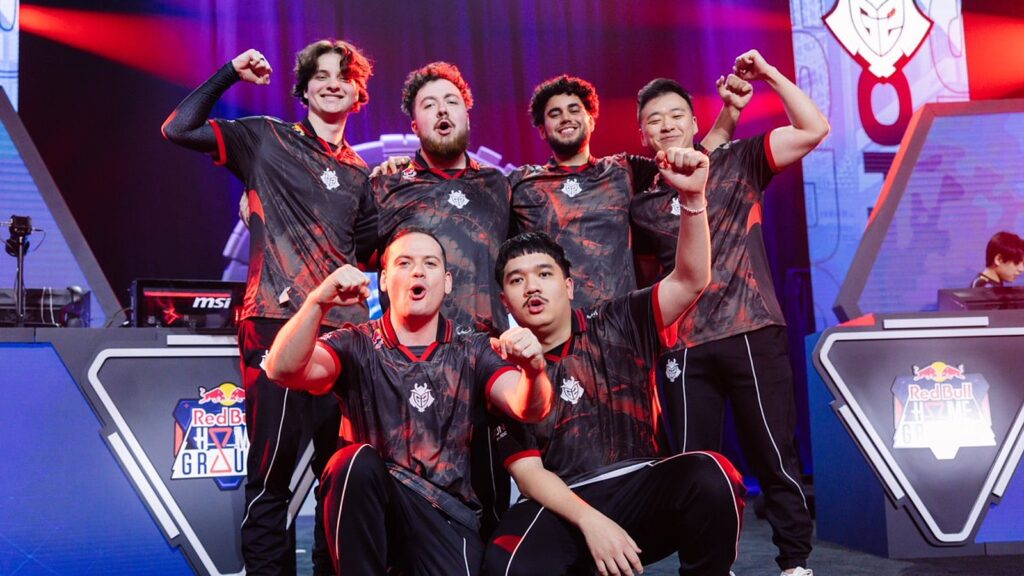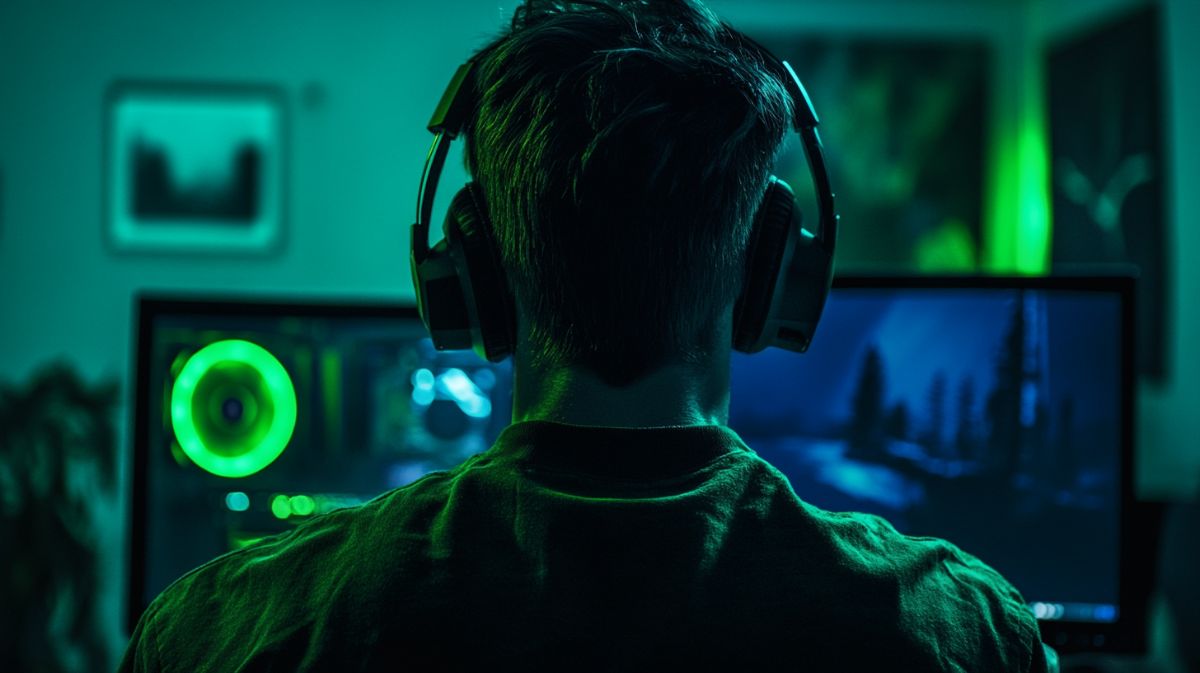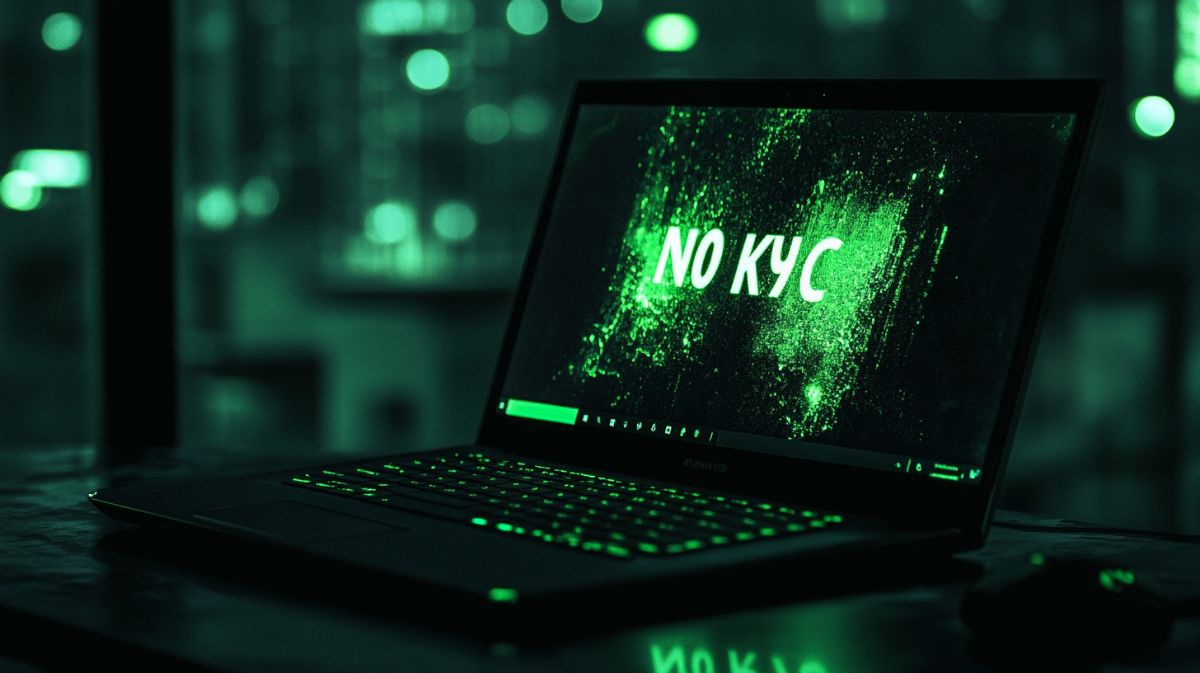Netcode In VALORANT: How It Works, Common Issues, & Fixes
Netcode is a mystery for many VALORANT players and some of them might not have heard about this term at all. In a competitive shooter like VALORANT, even the smallest delay between pressing a button and seeing it happen in-game can make the difference between winning and losing a round. So, it’s essential to understand how the information is sent to the servers and you’re able to hit those satisfying headshots. Without further ado, let’s learn everything about how netcode works in VALORANT.
- Netcode ensures smooth, synchronized gameplay by managing data between players and servers.
- VALORANT uses client-side prediction and server-side authority to reduce lag and maintain fairness.
- Server rewind helps compensate for latency, making high-ping players still competitive.
- 128-tick servers offer precise input registration for actions like shooting and moving.
- Riot’s global server infrastructure minimizes ping and enhances competitive integrity.
What is netcode in VALORANT?

Image Credit: Riot Games
Netcode is not a rocket science. Instead, it’s used to describe the set of systems and rules that manage how information is sent between your computer and the game servers and how that information is interpreted to create a smooth, fair experience for everyone.
In simple words, netcode is responsible for synchronizing your actions with the server and delivering it to the other players. But that was just a small bit of it. So, let’s dive deep into this topic if all the stuff we’ve explained so far sounds interesting.
Read more: VALORANT Mobile Release Date: When will it come out?
How does netcode work?
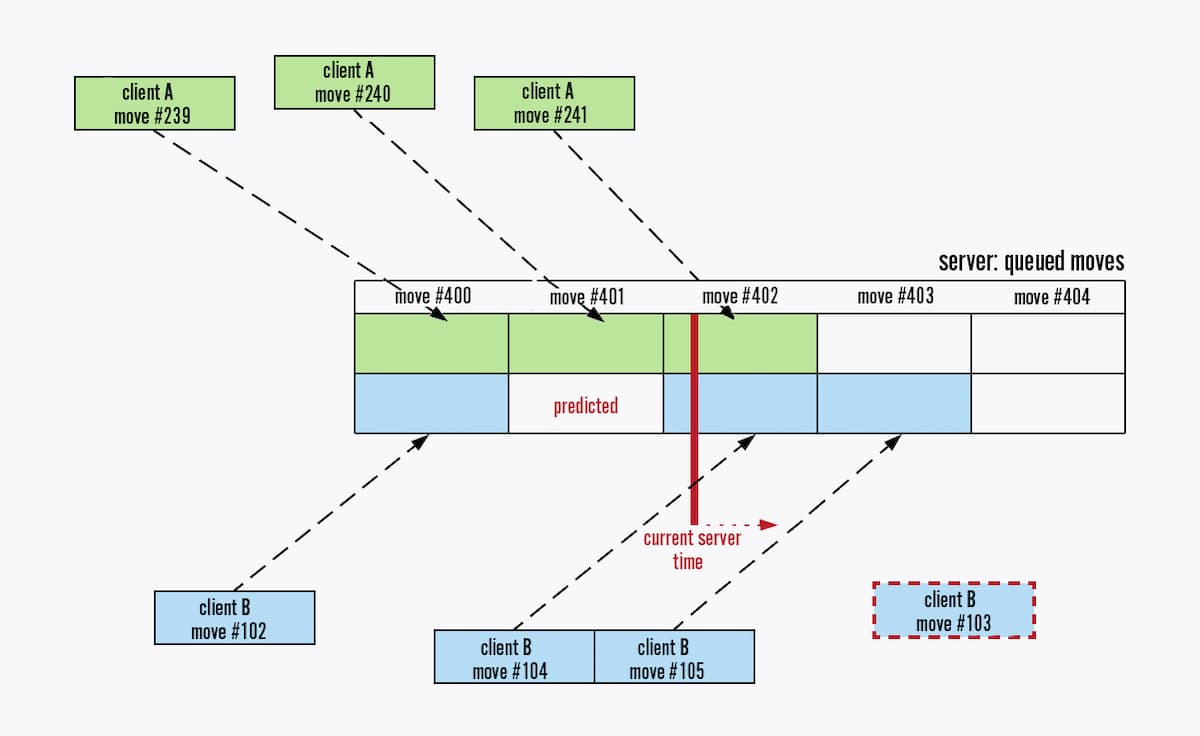
Image Credit: Riot Technology
At its core, netcode is about prediction, communication, and reconciliation. When you fire a shot in VALORANT, your computer immediately sends that input to Riot’s servers. However, because internet connections aren’t instantaneous, there’s always a small amount of delay known as latency or ping.
To compensate for this, VALORANT uses a combination of client-side prediction and server-side authority to make the gameplay feel responsive while maintaining competitive integrity.
Client-side prediction means that when you move or shoot, your game shows those actions happening immediately on your screen even before the server confirms them. It’s hard to digest that but trust us, you would feel a delay every time you tried to move or fire without prediction.
As many of you have drawn a picture in your mind, the absence of prediction will result in laggy gameplay. So, one day if you’re playing VALORANT and you notice lots of rubberbanding, it’s just Riot Games removed their netcode mechanism. Just joking, Riot won’t do that ever; it’s your laggy internet. If you are encountering a connection error in VALORANT, though, we have a fix for that.
However, because the server has the final say, it checks whether your input actually matches the game state. If your client predicted something incorrectly (for example, if you fired a shot while moving erratically and the server disagreed about your position) the server corrects it.
This correction is usually so fast and subtle that players rarely notice, especially when they’re in the middle of intense bronze fights. Though in extreme cases it can cause “rubberbanding” or missed shots as we’ve already mentioned earlier.
Server Rewind
One major system in VALORANT’s netcode is server rewind. When you shoot at an enemy, the server will rewind the game state by the amount of latency to find out where the players were when you pulled the trigger. This means that players with slightly higher ping still have a chance in fights.
Without server rewind, the high-ping players would constantly feel like they are shooting at moving targets. In VALORANT, the server attempts to level the playing field by taking these differences into consideration.
Another important thing is the tick rate. VALORANT’s servers are 128 ticks per second, so the server updates the game state 128 times per second. With this high tick rate, player actions such as shooting, moving, and using abilities are recorded and processed very frequently.
Another annoying error is the PMID. Fortunately, we have a way to fix the PMID Temporarily Disabled error.
Common VALORANT netcode issues
Riot has also spent a lot of money on building their own global server network so as to minimize ping for as many players as possible. This infrastructure supports that the majority of the games are played with low latency, so the netcode systems are even more efficient.
The aim is to get the distance down, both physical and digital, between players and servers, which means there is less need for prediction and correction in the first place.
Despite all these systems, no netcode is flawless. Extremely high ping, packet loss, or jittery connections will still cause problems like delayed shots, desynced animations, or weird player movement.
But VALORANT’s netcode is widely regarded as one of the best in the business because it’s the only netcode that achieves a good balance between responsiveness, fairness, and visual consistency in competitive shooters.


